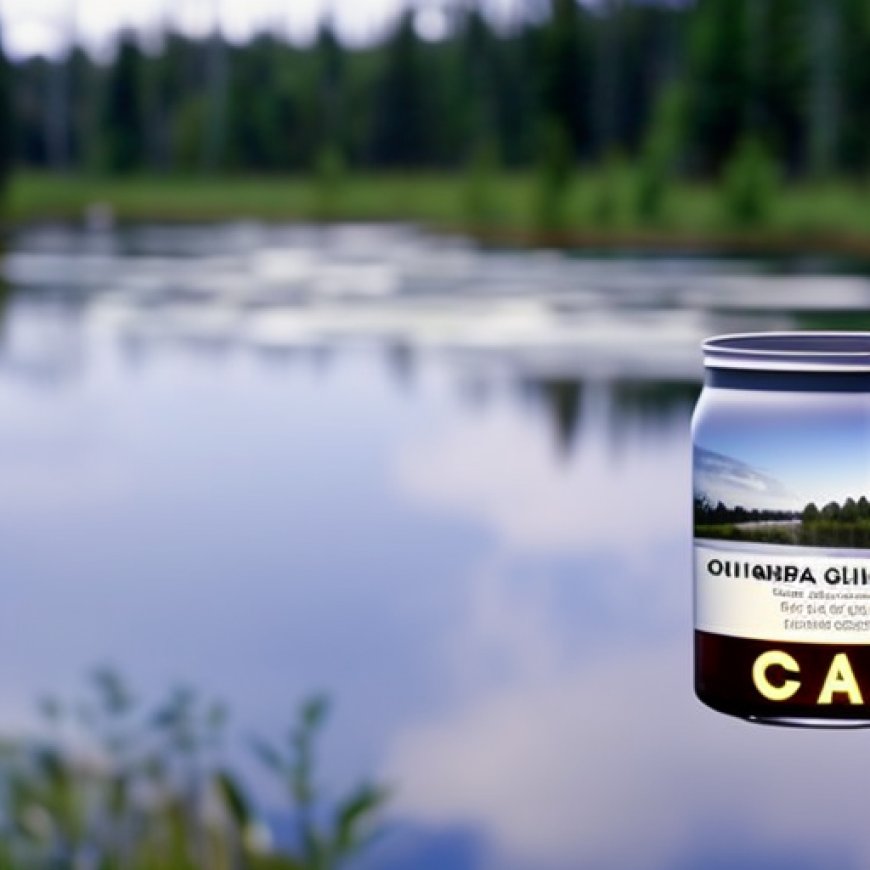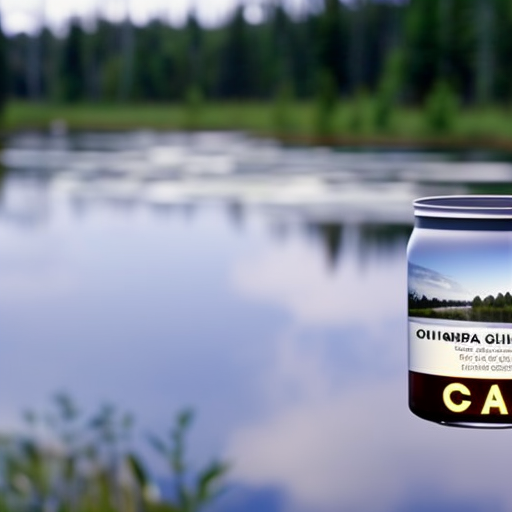Minnesota may tap 3M settlement to help meet EPA limits on forever chemicals in drinking water • Minnesota Reformer
Minnesota may tap 3M settlement to help meet EPA limits on forever chemicals in drinking water • Minnesota Reformer Minnesota Reformer


Minnesota’s 2018 Settlement with 3M Raises Concerns over Drinking Water Contamination

The 2018 settlement between Minnesota and Maplewood-based 3M regarding chemical contamination of east metro drinking water was the third largest natural resource settlement in U.S. history, following the Deepwater Horizon and Exxon Valdez oil spills.
Prevalence and Persistence of 3M-Manufactured Chemicals
Over the years, scientists and public officials have discovered the widespread presence and persistence of 3M-manufactured chemicals, both locally and globally, with traces found as far as the Arctic Circle. These chemicals have been linked to various health problems, including birth defects, immune system suppression, thyroid and liver function issues, and cancers.
Impact of New EPA Drinking Water Rules
The Environmental Protection Agency (EPA) has responded to these findings by implementing new drinking water regulations that prohibit even trace amounts of these chemicals. As a result, claims on the $850 million settlement with 3M could increase significantly, leaving municipal water systems struggling to secure sufficient funds for compliance.
Options for Addressing Increasing Costs
The state Attorney General’s Office is exploring various options, either through the existing agreement or new claims against 3M, to address the rising costs of providing uncontaminated water. The lack of a hazardous waste facility in Minnesota capable of destroying these chemicals poses a challenge, as estimated costs for their removal from wastewater and destruction over a 20-year period range from $12 billion to $25 billion.
3M’s Production and Phase-Out
3M has been manufacturing these chemicals in Minnesota since the 1950s. However, the company plans to phase out their production by the end of 2025. These chemicals have been widely used in various products, including Post-it notes, Scotch tape, catalytic converters, road signs, and electronic screens.
Challenges Faced by Cities
Cities like Hastings, located downstream from 3M’s Cottage Grove factory, are grappling with the consequences of contaminated water. All six of Hastings’ water towers exceed the new EPA limits, and residents may face a 250% increase in water rates over the next decade to ensure water filtration. While the 2018 settlement primarily focused on clean drinking water in east metro communities, cities like Hastings were not specifically included and are now seeking additional funding to address the issue.
Potential for New Claims and Lawsuits
The 2018 settlement includes a release of all claims by the state up until that date, allowing Minnesota to bring new claims against 3M that have emerged since then. Additionally, if the $850 million is depleted, a 2007 Settlement Agreement and Consent Order between 3M and the Minnesota Pollution Control Agency (MPCA) can be reinstated, potentially providing more funding. The state also has the option to sue other chemical companies, and cities can pursue legal action as well.
Costs and Responsibility
Upgrading water systems to comply with the new EPA rules is costly for cities. Woodbury, for example, is seeking $7.5 million from the state for a $19 million treatment plant due to health advisories on nine of its wells. Hastings could receive an estimated $3 million to $5 million from the South Carolina settlement, but it needs $69 million for water filtration. Some lawmakers argue that polluters should bear the financial responsibility for cleaning up the contamination they caused.
SDGs, Targets, and Indicators
1. Which SDGs are addressed or connected to the issues highlighted in the article?
- SDG 6: Clean Water and Sanitation
- SDG 12: Responsible Consumption and Production
- SDG 14: Life Below Water
- SDG 15: Life on Land
2. What specific targets under those SDGs can be identified based on the article’s content?
- SDG 6.3: By 2030, improve water quality by reducing pollution, eliminating dumping and minimizing release of hazardous chemicals and materials, halving the proportion of untreated wastewater, and substantially increasing recycling and safe reuse globally.
- SDG 12.4: By 2020, achieve the environmentally sound management of chemicals and all wastes throughout their life cycle, in accordance with agreed international frameworks, and significantly reduce their release to air, water, and soil to minimize their adverse impacts on human health and the environment.
- SDG 14.1: By 2025, prevent and significantly reduce marine pollution of all kinds, in particular from land-based activities, including marine debris and nutrient pollution.
- SDG 15.1: By 2020, ensure the conservation, restoration, and sustainable use of terrestrial and inland freshwater ecosystems and their services, in particular forests, wetlands, mountains, and drylands, in line with obligations under international agreements.
3. Are there any indicators mentioned or implied in the article that can be used to measure progress towards the identified targets?
- Presence of 3M-manufactured chemicals in drinking water systems
- Exceedance of EPA limits for the chemicals in drinking water
- Cost estimates for removing and destroying the chemicals from wastewater
- Percentage of public water systems with traces of the chemicals
- Amount of funding sought from the state for treatment plants and water filtration
- Cost of the chemicals and their removal from municipal wastewater
Table: SDGs, Targets, and Indicators
| SDGs | Targets | Indicators |
|---|---|---|
| SDG 6: Clean Water and Sanitation | 6.3: Improve water quality by reducing pollution, eliminating dumping and minimizing release of hazardous chemicals and materials, halving the proportion of untreated wastewater, and substantially increasing recycling and safe reuse globally. | – Presence of 3M-manufactured chemicals in drinking water systems – Exceedance of EPA limits for the chemicals in drinking water – Amount of funding sought from the state for treatment plants and water filtration |
| SDG 12: Responsible Consumption and Production | 12.4: Achieve the environmentally sound management of chemicals and all wastes throughout their life cycle, in accordance with agreed international frameworks, and significantly reduce their release to air, water, and soil to minimize their adverse impacts on human health and the environment. | – Cost estimates for removing and destroying the chemicals from wastewater – Cost of the chemicals and their removal from municipal wastewater |
| SDG 14: Life Below Water | 14.1: Prevent and significantly reduce marine pollution of all kinds, in particular from land-based activities, including marine debris and nutrient pollution. | – Presence of 3M-manufactured chemicals in marine ecosystems |
| SDG 15: Life on Land | 15.1: Ensure the conservation, restoration, and sustainable use of terrestrial and inland freshwater ecosystems and their services, in particular forests, wetlands, mountains, and drylands, in line with obligations under international agreements. | – Presence of 3M-manufactured chemicals in terrestrial ecosystems – Cost estimates for removing and destroying the chemicals from terrestrial ecosystems |
Behold! This splendid article springs forth from the wellspring of knowledge, shaped by a wondrous proprietary AI technology that delved into a vast ocean of data, illuminating the path towards the Sustainable Development Goals. Remember that all rights are reserved by SDG Investors LLC, empowering us to champion progress together.
Source: minnesotareformer.com

Join us, as fellow seekers of change, on a transformative journey at https://sdgtalks.ai/welcome, where you can become a member and actively contribute to shaping a brighter future.







